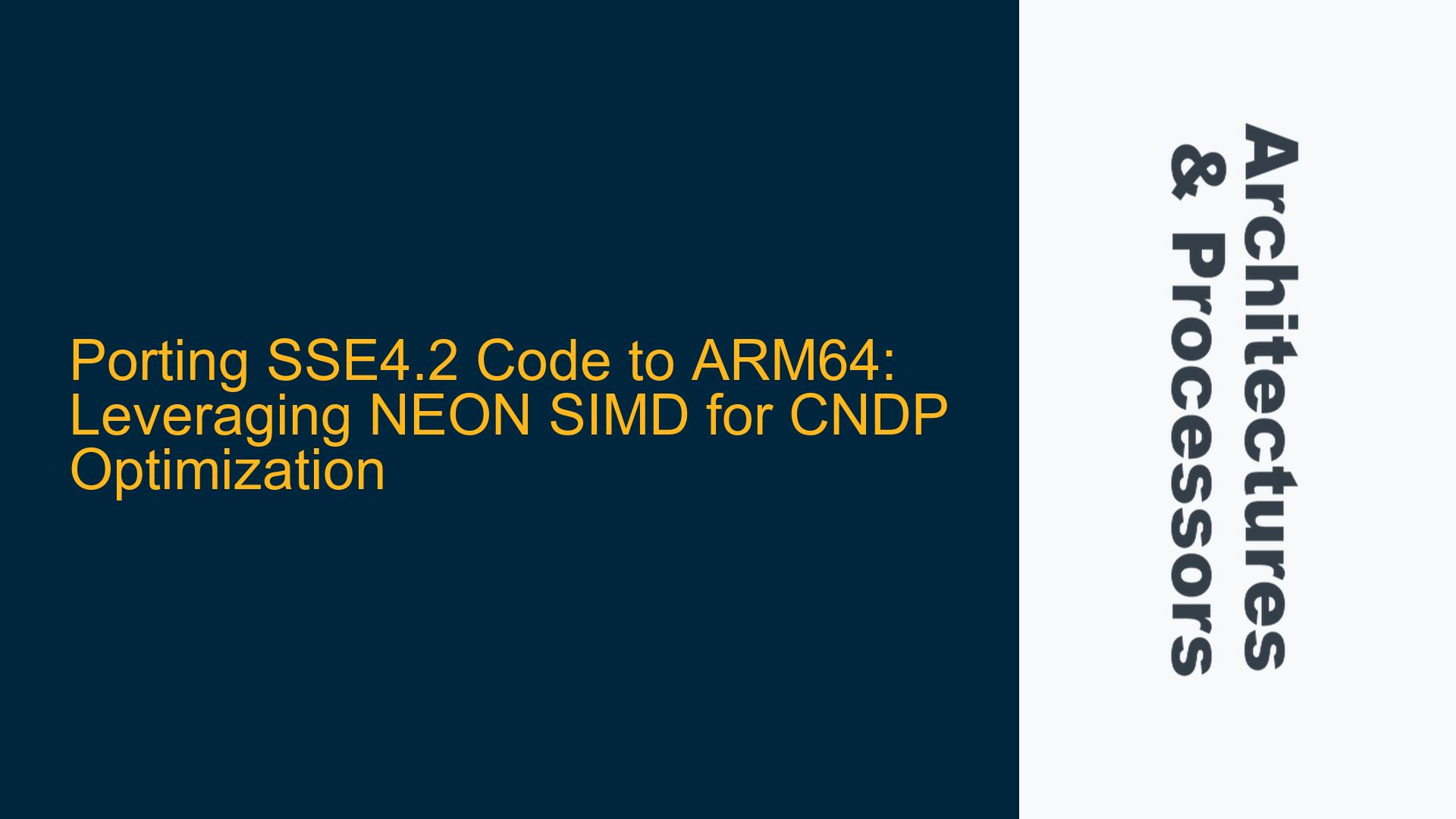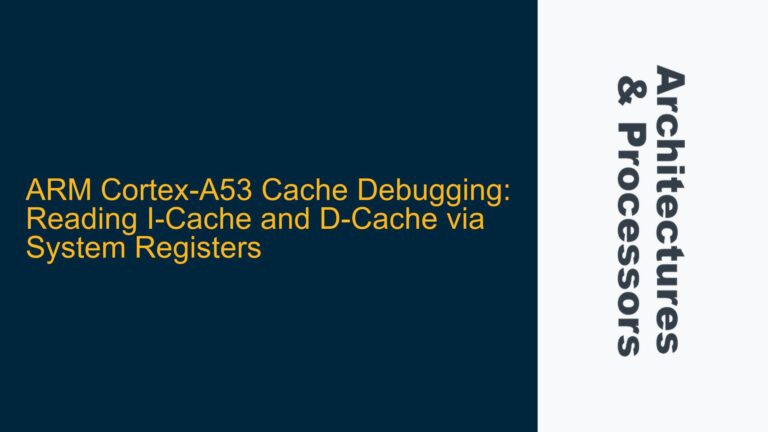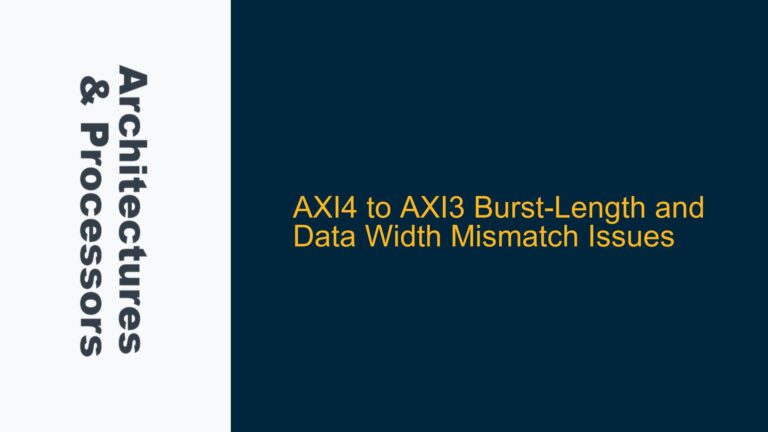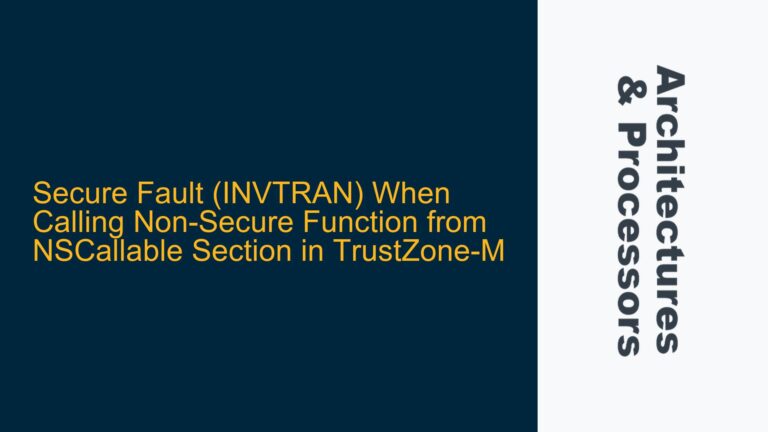ARM64 NEON SIMD as a Replacement for SSE4.2 in CNDP
The Cloud Native Data Plane (CNDP) project is a high-performance, user-space library designed to accelerate packet processing for cloud-native applications. Originally developed for x86_64 architectures, CNDP relies heavily on Intel’s SSE4.2 instruction set for SIMD (Single Instruction, Multiple Data) operations, which are critical for achieving the desired performance in packet processing tasks. However, as the project expands to support ARM64 architectures, a significant challenge arises: the absence of SSE4.2 on ARM platforms. ARM64 processors, instead, utilize the NEON SIMD engine, which offers similar capabilities but with a different instruction set and architectural approach. This discrepancy necessitates a careful and informed porting strategy to ensure that the performance benefits of SIMD operations are preserved when transitioning from x86_64 to ARM64.
The core issue lies in the fact that SSE4.2 and NEON are not directly equivalent. While both are SIMD technologies, they differ in their instruction sets, register sizes, and operational paradigms. SSE4.2 is a part of Intel’s Streaming SIMD Extensions, which includes a wide range of instructions for integer and floating-point operations, string processing, and cryptographic tasks. NEON, on the other hand, is ARM’s advanced SIMD technology, optimized for a broad spectrum of multimedia and signal processing tasks. The challenge is to map the specific SSE4.2 instructions used in CNDP to their NEON counterparts, ensuring that the functionality and performance are maintained or even improved.
Mapping SSE4.2 Instructions to ARM64 NEON Intrinsics
The first step in addressing this challenge is to understand the specific SSE4.2 instructions used in the CNDP codebase and identify their functional equivalents in ARM64 NEON. SSE4.2 introduces several specialized instructions, such as PCMPESTRI, PCMPISTRI, and CRC32, which are used for string comparison, text processing, and cyclic redundancy checks, respectively. These instructions are not directly available in NEON, but their functionality can be replicated using a combination of NEON intrinsics and ARM64-specific instructions.
For example, the PCMPESTRI instruction, which performs a packed comparison of string data with explicit lengths, can be emulated in NEON using a series of vector comparisons and bitwise operations. Similarly, the CRC32 instruction, which computes a 32-bit cyclic redundancy check, can be implemented using ARM’s CRC32 intrinsics, which are part of the ARMv8-A architecture. The key is to break down each SSE4.2 instruction into its fundamental operations and then reconstruct those operations using NEON intrinsics.
To facilitate this process, ARM provides a comprehensive set of intrinsics for NEON, which allow developers to write SIMD code in C/C++ without resorting to assembly language. These intrinsics are designed to map directly to NEON instructions, providing a high-level interface for SIMD programming. By leveraging these intrinsics, developers can achieve a high degree of code portability while maintaining performance.
Performance Optimization and Best Practices for ARM64 NEON
Once the SSE4.2 instructions have been mapped to NEON intrinsics, the next step is to optimize the resulting code for ARM64 architectures. This involves several considerations, including register usage, instruction scheduling, and memory access patterns. ARM64 processors have a different architectural profile compared to x86_64, with a focus on energy efficiency and scalability. As a result, certain optimizations that work well on x86_64 may not be as effective on ARM64.
One critical aspect of ARM64 optimization is the efficient use of NEON registers. ARM64 processors typically have 32 NEON registers, each 128 bits wide. These registers are shared between scalar and vector operations, so it is essential to minimize register pressure and avoid unnecessary spills to memory. This can be achieved by carefully managing the lifetime of variables and reusing registers wherever possible.
Another important consideration is instruction scheduling. ARM64 processors employ a superscalar architecture, capable of executing multiple instructions per cycle. However, this requires that instructions are scheduled in a way that maximizes parallelism and minimizes dependencies. NEON intrinsics can help with this by providing fine-grained control over instruction ordering and by allowing the compiler to generate optimized code.
Memory access patterns also play a crucial role in performance optimization. ARM64 processors feature a hierarchical memory system, with multiple levels of cache. To maximize performance, it is important to ensure that data is accessed in a cache-friendly manner, with sequential access patterns and minimal cache misses. This can be achieved by aligning data structures to cache line boundaries and by using prefetching techniques to bring data into the cache before it is needed.
In addition to these low-level optimizations, it is also important to consider the broader architectural differences between x86_64 and ARM64. For example, ARM64 processors typically have a higher number of smaller cores, which can be leveraged for parallel processing. This requires a different approach to task scheduling and load balancing, with an emphasis on fine-grained parallelism and efficient inter-core communication.
Implementing and Validating the Ported Code
The final step in the porting process is to implement the NEON-based code and validate its correctness and performance. This involves several stages, including unit testing, integration testing, and performance benchmarking. Unit testing is essential to ensure that each NEON intrinsic is functioning as expected and that the ported code produces the same results as the original SSE4.2 code. This can be achieved by writing test cases that compare the output of the NEON-based code with the output of the original code for a range of input values.
Integration testing is then performed to ensure that the ported code works correctly within the broader context of the CNDP project. This involves testing the interaction between the NEON-based code and other components of the system, such as the networking stack and the application logic. Any discrepancies or performance issues should be identified and addressed at this stage.
Finally, performance benchmarking is conducted to evaluate the efficiency of the ported code. This involves measuring the execution time, memory usage, and power consumption of the NEON-based code and comparing it with the original SSE4.2 code. The goal is to ensure that the ported code meets or exceeds the performance of the original code while maintaining the same level of functionality.
To assist with this process, ARM provides a range of tools and resources, including performance analysis tools, debugging tools, and optimization guides. These tools can be used to identify performance bottlenecks, analyze cache behavior, and fine-tune the code for maximum efficiency. Additionally, ARM’s community forums and support channels can provide valuable insights and assistance from experienced developers and ARM engineers.
In conclusion, porting SSE4.2 code to ARM64 for the CNDP project is a complex but achievable task. By carefully mapping SSE4.2 instructions to NEON intrinsics, optimizing the resulting code for ARM64 architectures, and rigorously testing and validating the ported code, it is possible to achieve high-performance packet processing on ARM64 platforms. This not only extends the reach of the CNDP project to a broader range of hardware but also leverages the unique strengths of ARM64 processors to deliver efficient and scalable solutions for cloud-native applications.






